The Quarter Horse is a breed of domestic horse. People originally bred this now-worldwide species in the Eastern United States. Scientists classify all domestic horses in the species Equus caballus. Other members of the genus include several species of zebras, wild horse species, and donkeys. Read on to learn about the Quarter Horse.
Description of the Quarter Horse
This breed of horse has a stocky, muscular build. Their broad chests and powerful muscles help them sprint short distances. Their coats come in a variety of colors, including chestnut, palomino, gray, cremello, roan, dun, and more.
Members of this breed typically stand between 14 and 16 hands (which is a unit of measure equal to 4 inches) tall from the shoulder (or “withers”) to the ground. This translates to roughly 56 to 64 in. tall at the shoulder.
Interesting Facts About the Quarter Horse
This incredibly popular breed has a number of unique traits and characteristics. Learn more about what makes them unique, below.
- What’s in a Name? – So, where did the term “Quarter Horse” come from? People specifically bred this horse to run high speeds for short distances. So, the name comes from the breed’s ability to run swiftly for approximately a quarter of a mile.
- Hybrid Vigor – People began developing this breed in the early 1600s. They crossed imported Thoroughbreds from Europe with the Native American’s horses.
- “Native” Horses – One of the types of horses that early settlers bred with Thoroughbreds included the Chickasaw horse. This breed did not come from wild horses of North America. Instead, Native Americans developed this breed from Spanish-descended horses brought to the south by Conquistadors.
- Cow Sense – In addition to their speedy sprints, breeders found that this new strain of horse had “cow sense.” This term refers to the horse’s ability to aid in the herding and moving of cattle.
Habitat of the Quarter Horse
Because this breed came from a range of different horse breeds, it did not have a distinct “habitat” as some other breeds, such as the Arabian, might have had. Instead, this versatile breed lived in a variety of different regions and served a number of different purposes. People kept this horse on grasslands, meadows, fields, pastures, and similar habitats.
Distribution of the Quarter Horse
This horse originated in the eastern United States, and as people colonized areas to the west, so they took this hardy breed of horse with them. Eventually, the horse spread throughout North America, into Central and South America as well. The United States has exported this breed across the globe, including large numbers to Europe.
Diet of the Quarter Horse
Like all horses, this breed has herbivorous feeding habits. This means it eats plants, and does not eat other animals. They feed primarily upon grasses. However, people supplement domestic horses with grains as well. Their diet includes barley, soybeans, alfalfa, oats, timothy hay, corn, flax, wheat, clover, and more.
Quarter Horse and Human Interaction
Humans created this breed by selecting individuals with desired traits. Throughout their history, people have used these horses for a variety of tasks, including racing, cattle roundup, and more. People still use them for those purposes in modern day, as well as leisure riding, as pets, show jumping, and even as police horses.
Domestication
People began to develop this breed in the early 1600s. They continued this breeding throughout the 1600s and 1700s, and this continued until they formed the American Quarter Horse Association to formally acknowledge the breed.
Does the Quarter Horse Make a Good Pet
Yes, this breed can make a good pet. However, with any horse breed you should fully understand the commitment you undertake. Their feeding, sheltering, and medical care can be quite expensive and time consuming.
Quarter Horse Care
Just like any other breed, these horses have a social nature and do best in a group, known as a herd. They need large pastures with plenty of grass to eat, and you should also supplement their diet with grain and hay as well. Additionally, you must provide access to fresh water at all times, and shelter of some form.
Behavior of the Quarter Horse
This breed has a steady disposition which makes it reliable when working with cattle. This friendly breed works well with people. Its disposition make it one of the most popular breeds of horses in the world.
Reproduction of the Quarter Horse
This breed has the same reproductive rates as any other breed of horse. In a wild setting, the horses live in herds led by a single male, known as a “stallion.” The stallion mates with all the females, known as “mares.” After mating, the mares undergo a gestation period of approximately 11 months, though this ranges slightly.
For the vast majority of births, mares give birth to a single offspring, known as a “foal.” The foal nurses for up to two years in the wild, but domestic horses wean between four and six months of age.

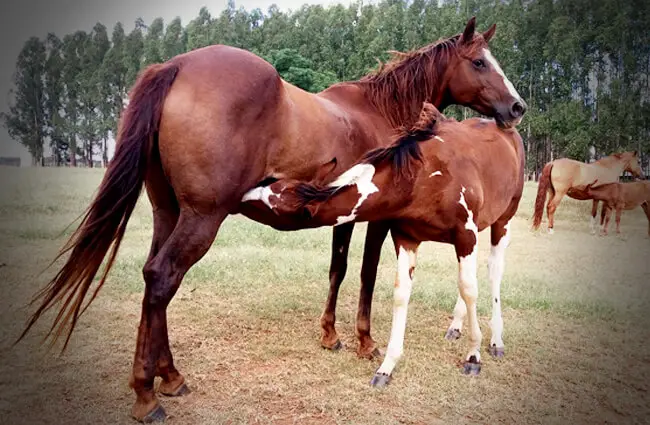
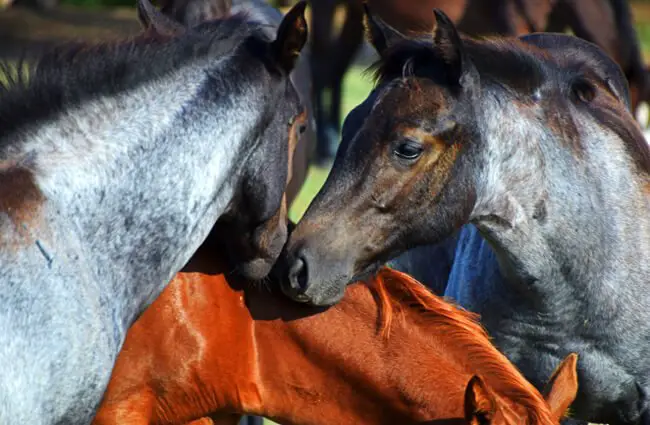


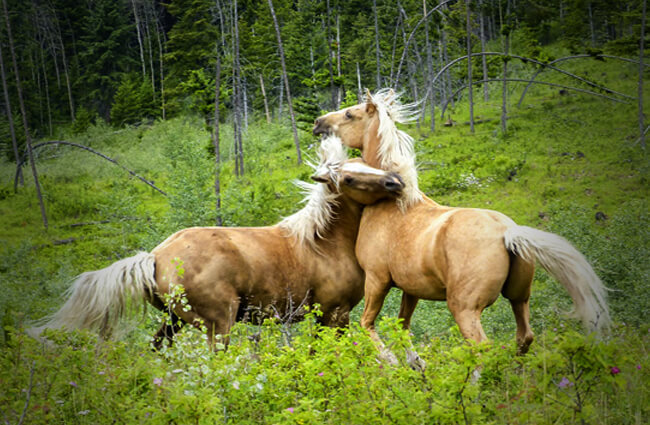
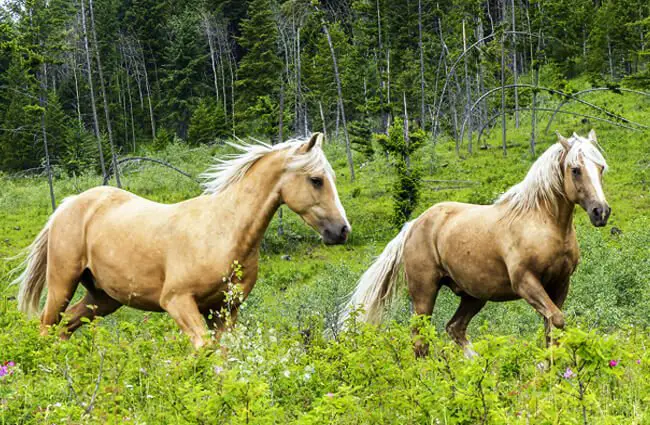


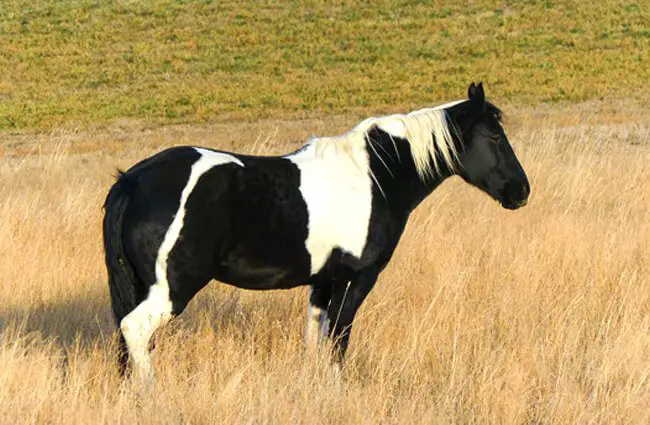

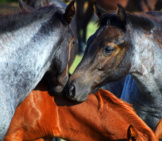
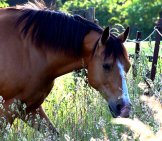

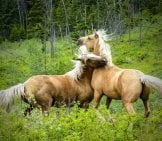
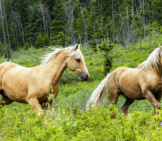
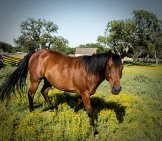
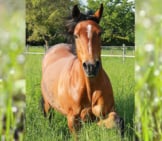
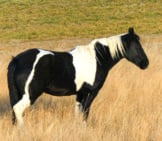
![Red Angus Closeup of a beautiful Red Angus cowPhoto by: U.S. Department of Agriculture [pubic domain]https://creativecommons.org/licenses/by/2.0/](https://animals.net/wp-content/uploads/2020/03/Red-Angus-4-238x178.jpg)












![Red Angus Closeup of a beautiful Red Angus cowPhoto by: U.S. Department of Agriculture [pubic domain]https://creativecommons.org/licenses/by/2.0/](https://animals.net/wp-content/uploads/2020/03/Red-Angus-4-100x75.jpg)

